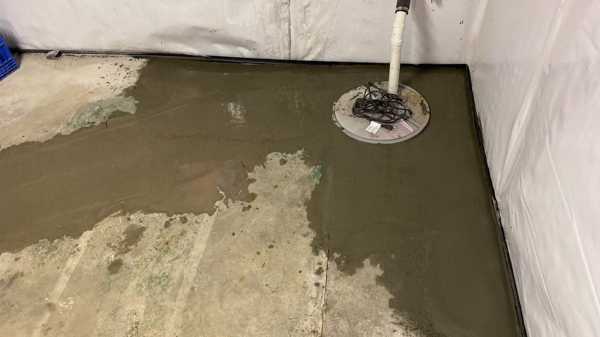Roofing Basics: Materials And Installation Methods
Roofing is a vital element of any home’s structure, playing a key role in protection and energy efficiency. Choosing the right roofing materials and ensuring proper installation are essential for a long-lasting and weather-resistant roof. The type of material you select has a direct impact on performance and durability.
Roofing is a vital element of any home’s structure, playing a key role in protection and energy efficiency. Choosing the right roofing materials and ensuring proper installation are essential for a long-lasting and weather-resistant roof. The type of material you select has a direct impact on performance and durability.
Popular Roofing Materials Include:
Asphalt Shingles: Affordable and simple to install, making them a common choice for residential properties.
Metal Roofing: Known for its strength and energy efficiency, metal reflects sunlight, helping to reduce indoor cooling costs.
Clay Tiles: Highly durable and visually appealing, ideal for warmer climates but heavier and more costly.
Slate: Extremely long-lasting and elegant, though it requires skilled labor and a higher budget.
Key Installation Factors Include:
Proper underlayment to prevent moisture intrusion
Effective flashing around joints and edges to block leaks
Adequate ventilation to maintain airflow and avoid condensation
Understanding these fundamentals allows homeowners to make informed choices and work more effectively with roofing professionals.
Dealing With Roof Repairs: Common Problems And Fixes
Roof repairs are a natural part of a roof’s lifecycle. Exposure to weather, aging materials, and unexpected incidents can lead to various issues. The most frequent problems include:
Leaks or water infiltration
Missing or cracked shingles
Damaged flashing or sealant breakdown
Regular inspections, especially after storms, can help spot problems early. Minor damage, like a few missing shingles, may be manageable with basic DIY methods. However, more serious issues—such as persistent leaks or structural damage—require professional evaluation and repair.
A qualified roofer will not only identify the underlying problem but also ensure repairs comply with local codes and safety standards, ultimately protecting your investment.
Using Roof Leak Sealants: A Quick-Fix Solution
Roof sealants provide a practical, short-term remedy for minor leaks or surface cracks. Available in liquid, tape, and spray forms, these products help prevent water from entering vulnerable roof areas until a permanent fix can be made.
When Choosing a Sealant, Consider:
Compatibility with your roofing material
Size and location of the leak
Weather conditions during application
Liquid sealants work well for small surface cracks, tape sealants are suited for seams and edges, and spray versions are ideal for uneven or irregular areas. While sealants offer convenience, they are best viewed as temporary solutions and should not replace professional repairs for major damage.
Finding The Right Roofing Contractor
Selecting a skilled and trustworthy roofing contractor is critical to the success of any roofing project. With many options available, it's important to do thorough research.
Tips For Hiring a Roofer:
Ask for recommendations or read online reviews
Verify licenses, certifications, and insurance
Request written estimates from several contractors
Compare materials, costs, and project timelines
A reputable contractor will provide a detailed proposal, explain their approach, and offer warranties on materials and workmanship. Those who also provide ongoing maintenance services show a commitment to long-term quality and customer satisfaction.
Roof Maintenance: Protecting Your Investment
Routine maintenance can significantly extend the life of your roof and prevent costly repairs. Simple practices carried out regularly can help keep your roof in excellent condition.
Maintenance Tips Include:
Inspect the roof at least twice a year
Keep gutters and downspouts clean to avoid water damage
Trim nearby tree branches to reduce debris and impact risks
Address minor issues—like lifted shingles or small cracks—early
Apply protective coatings to enhance UV resistance and waterproofing
Being proactive with roof care not only ensures the structural integrity of your home but also contributes to energy efficiency and long-term savings.

Understanding Basement Leak Causes and Effective Repair Solutions

学歴より実力が武器になる!大工の仕事は今の時代にマッチした有望職種

Find Out How UK Homeowners Instantly Estimate Property Values Online in 2025

クラウド帳票管理で業務を最適化する最新手法

Essential Overview of Legal Case Management Software






